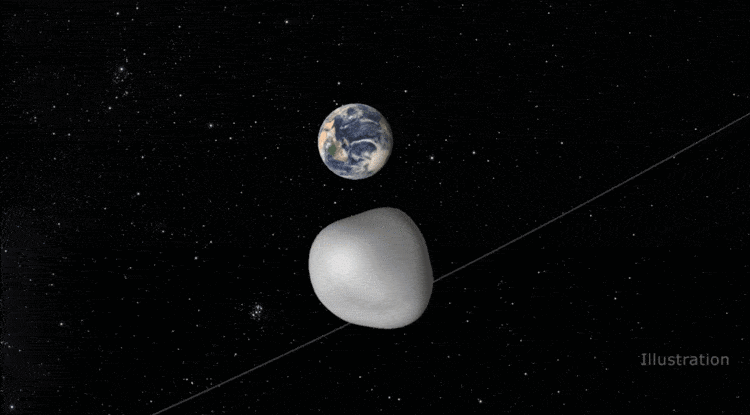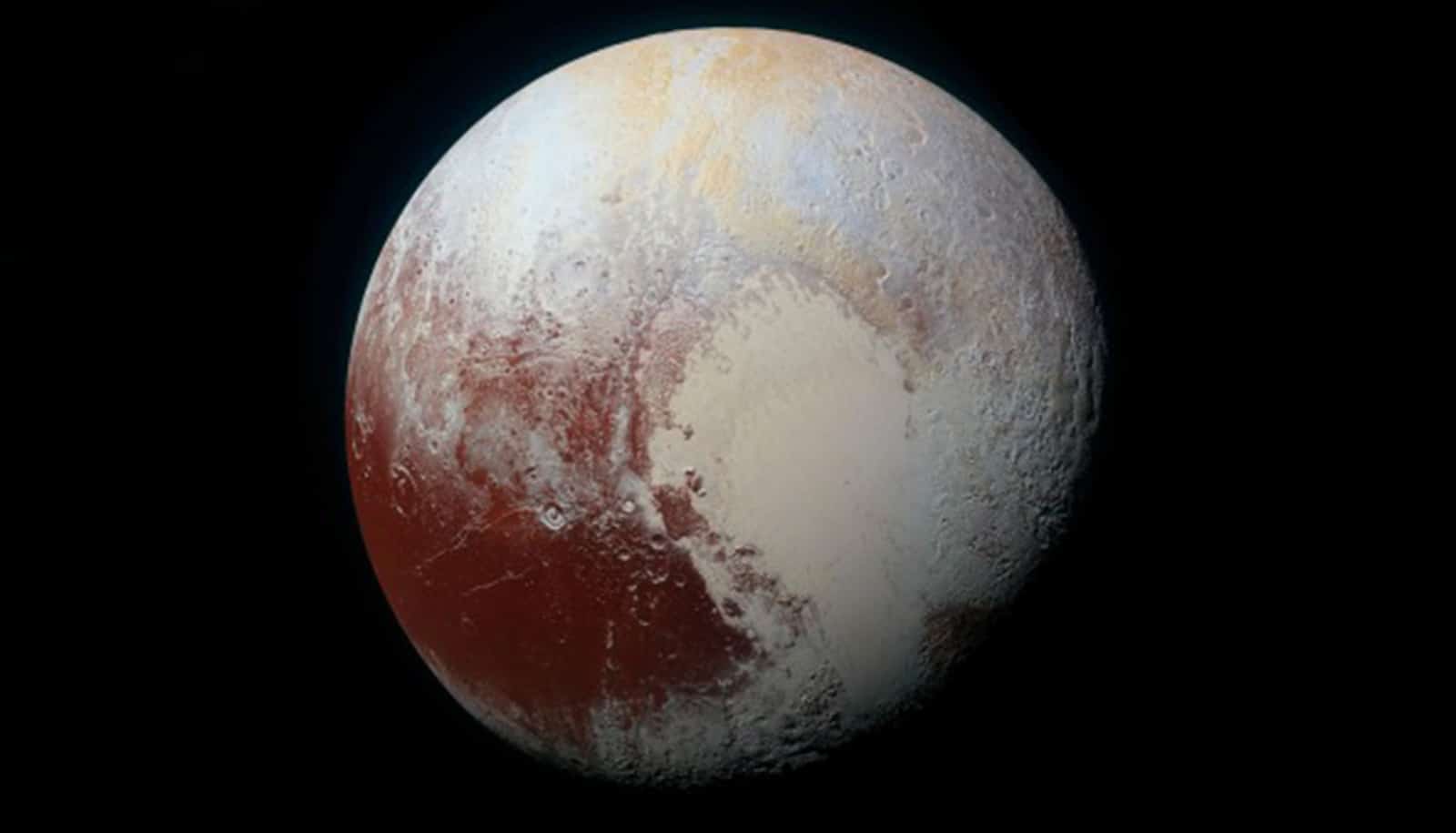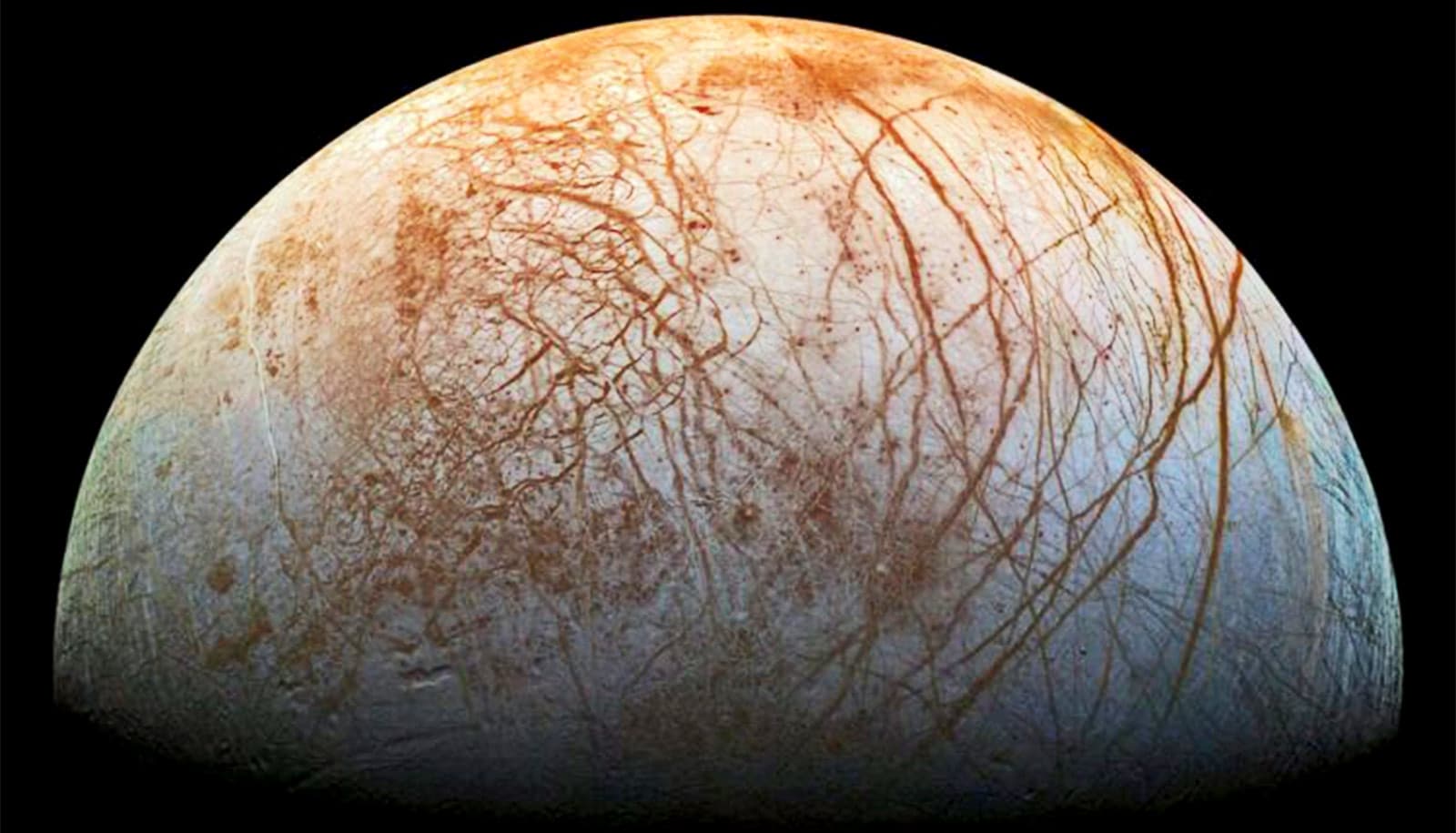An object that accompanies Earth on its journey around the sun isn’t a rocket booster or another kind of space junk after all.
The small near-Earth object (NEO), dubbed 2016 HO3, measures no more than 100 meters (330 feet) across. While orbiting the sun, it also appears to circle around the Earth as a “quasi-satellite.” Only five quasi-satellites have been discovered so far, but 2016 HO3 is the most stable of them. The provenance of this object is unknown. On timescales of a few centuries, 2016 HO3 remains within 38-100 lunar distances from us.
“While HO3 is close to the Earth, its small size—possibly not larger than 100 feet—makes it challenging target to study,” says Vishnu Reddy, assistant professor at the University of Arizona’s Lunar and Planetary Laboratory. “Our observations show that HO3 rotates once every 28 minutes and is made of materials similar to asteroids.”
Soon after its discovery in 2016, astronomers were not sure where it came from, but in a recent presentation at the annual Division for Planetary Sciences Conference of the American Astronomical Society, Reddy and his colleagues showed that Earth’s new traveling buddy is an asteroid and not space junk.
The new observations confirm that 2016 HO3 is a natural object of similar provenance to other small NEOs that zip by the Earth each month.
“In an effort to constrain its rotation period and surface composition, we observed 2016 HO3 on April 14 and 18 with the Large Binocular Telescope and the Discovery Channel Telescope,” Reddy says. “The derived rotation period and the spectrum of emitted light are not uncommon among small NEOs, suggesting that 2016 HO3 is a natural object of similar provenance to other small NEOs.”
In their presentation, researchers point out that the light reflected off the surface of 2016 HO3 is similar to meteorites we have on Earth.
Asteroid flyby will test NASA’s defense skills
One way to visualize HO3’s orbit is by picturing a hula hoop dancer—the sun in this analogy—twirling two hoops around the hips at the same time, ever so slightly out of sync. While it orbits the sun, the object makes yearly loops around the Earth. As a result, the object appears to orbit the Earth, but it is not gravitationally bound to our planet.

“Of the near-Earth objects we know of, these types of objects would be the easiest to reach, so they could potentially make suitable targets for exploration,” says Christian Veillet, director of the LBT Observatory. “With its binocular arrangement of two 8.4-meter mirrors, coupled with a very efficient pair of imagers and spectrographs like MODS, LBT is ideally suited to the characterization of these Earth’s companions.”
A NASA Near-Earth Object Observations Program Grant funded parts of the work.
Source: University of Arizona



